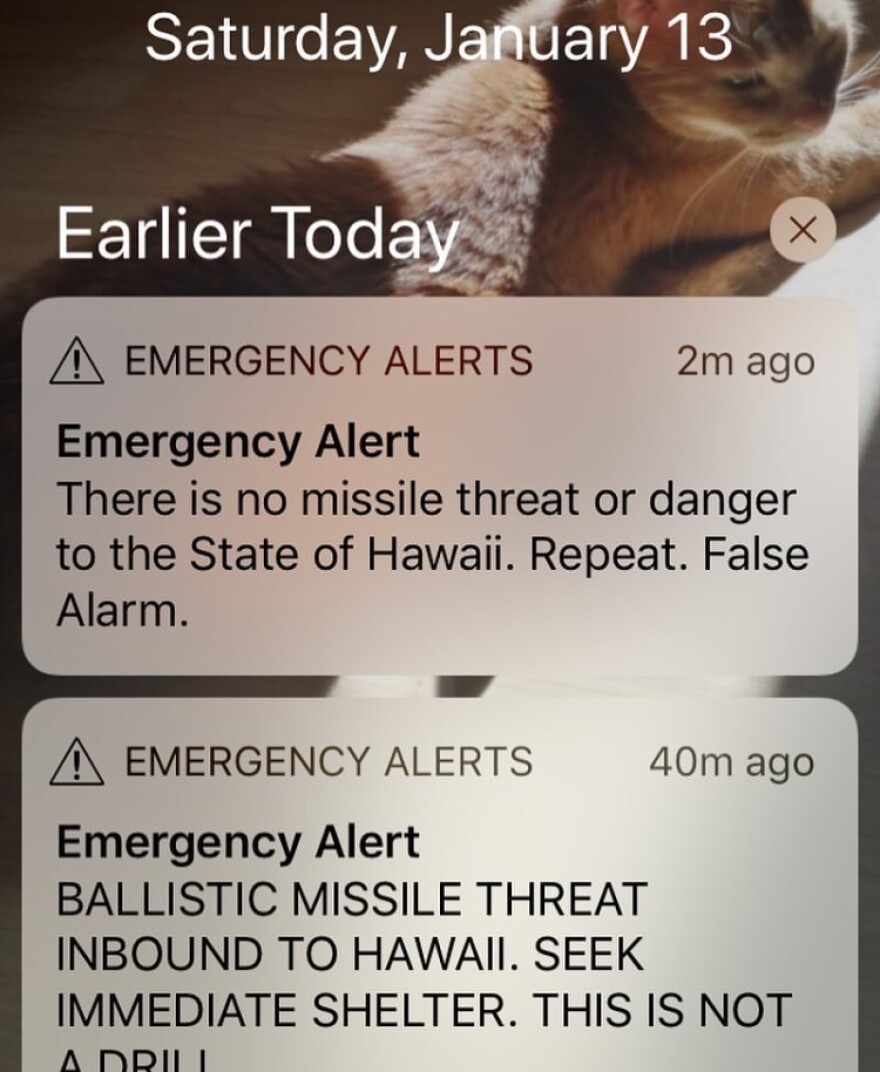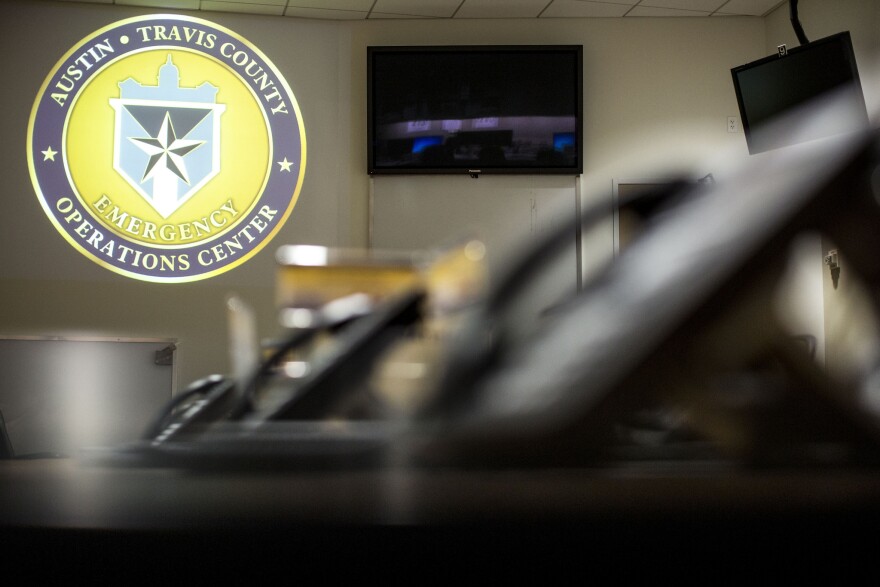Once a week, KUT listeners hear an ominous recording.
“This is a test of the capital area warning system,” says a male voice, followed by a sequence of blaring tones. It’s not quite as unnerving as getting a smartphone alert that a ballistic missile is headed for your state, but it can still be jarring.

Austin resident Barbara Lindig asked about it for our ATXplained series.
“Please talk about emergency alert systems in Austin, what they're for, how they're tested, and whether they've ever been used here,” she wrote.
Find the ATXplained podcast at iTunes, Google Play or wherever you get your podcasts.
A Product Of The Cold War
“So the initial impetus for what we would call emergency alert systems today was during the Cold War … when there was concern among leaders, including President Kennedy, that American citizens needed to be alerted and alerted quickly if there were a potential nuclear attack upon the United States,” said Jeremi Suri, a professor of public affairs and history at UT-Austin.
Join our ATXplained Facebook group!
In 1963, the federal government created the Emergency Broadcast System, which aired regular tests on broadcast television and radio. The tests don’t sound too dissimilar from the tests aired today on KUT.
More than three decades later, the government expanded the system to include more devices, including cable television and satellite radio.
“It became clear in the late 1990s that people were not listening to radio as much as they did before," Suri said. "The hope was that you could use a wider range of communications devices.”

The system was also renamed the Emergency Alert System. But it didn’t stick around for long. In 2006, President George W. Bush created the Integrated Public Alert and Warning System (IPAWS), which pulled together several emergency systems, including one that had the ability to send alerts to cellphones.
AMBER alerts, or notifications about abducted children, are probably the most familiar alert using IPAWS.
“You would get a breakthrough message on your phone, similar to what I think happened in Hawaii," Suri said, "where people received these messages on their phone saying there was an incoming missile strike.”
Local Alert Systems
The City of Austin has access to IPAWS.

A warning from the city would "be broadcast to all the other partnerships at that federal level,” said Juan Ortiz, director of Austin’s Homeland Security and Emergency Management. “So that [the city] can get the warning to the public no matter where they are … whether they’re listening to a radio, watching a TV show, playing a game on their iPhone."
But it’s not often that the city uses it, he said, since most alerts are weather-related, and those are initiated by the National Weather Service. Instead, the city might initiate an alert through a local service that residents sign up for called Warn Central Texas.
“We notify [residents] for natural hazards – either flooding situations or other natural emergencies,” Ortiz said. “There may be times where we have what we call a man-made disaster, like a chemical emergency, transportation accident or train derailment.”
The University of Texas Police Department also has an alert system, letting students and faculty know by email and text message of assaults and other criminal activity on campus in close to real time.
Too Many Alerts?
Michael Mosser, a government and international relations professor at UT, said too many alerts across local and federal systems can have negative effects.
“You could end up with a society that is always on guard,” he said. “Everybody is always tuned in to everything that’s happening and you end up hyperaware.”
Or, Mosser said, it could result in a society that starts to tune out the alerts.
“We just insulate ourselves from it and we say, ‘Oh, yet another alert,’" he said. “We left swipe and delete it immediately without even reading it.”
_







